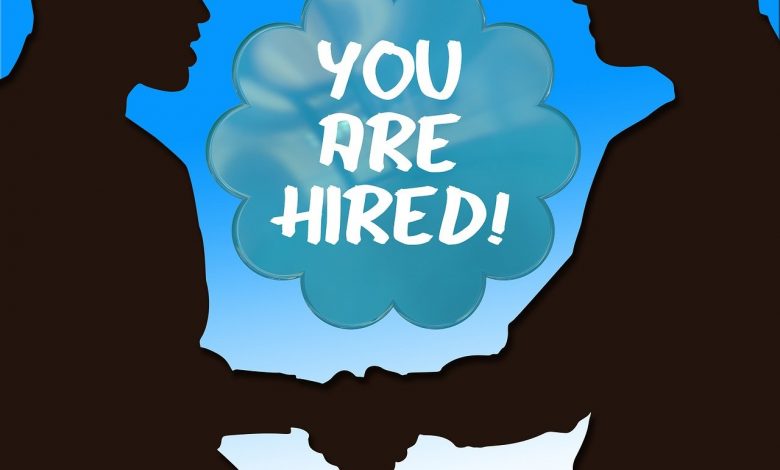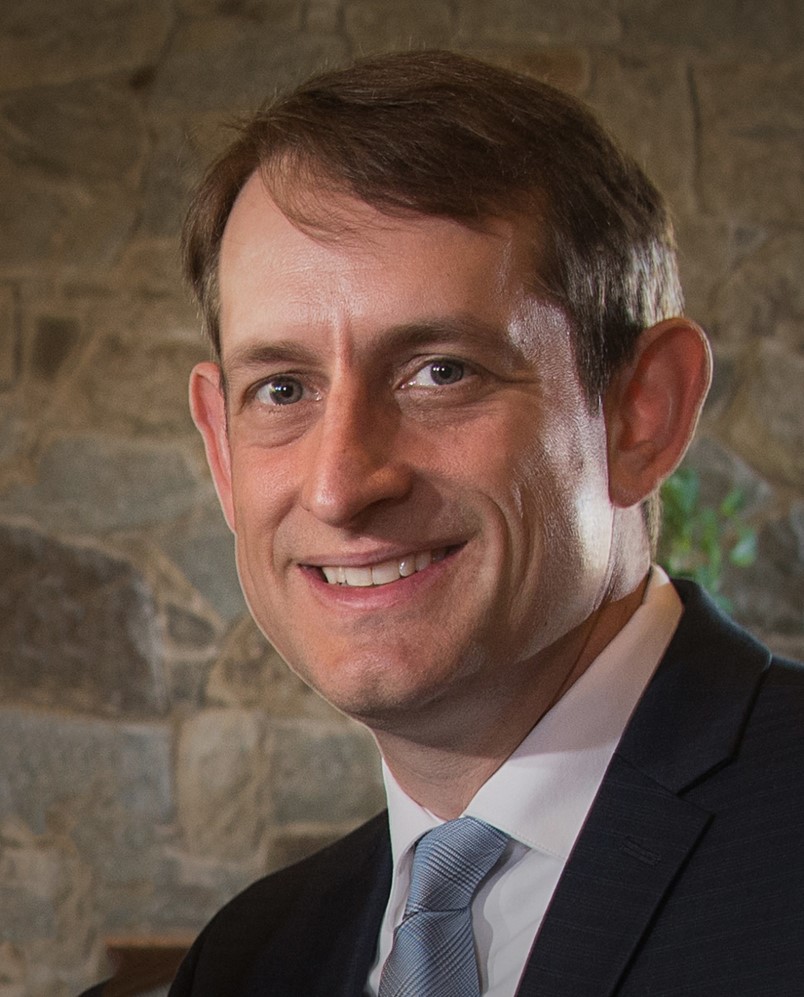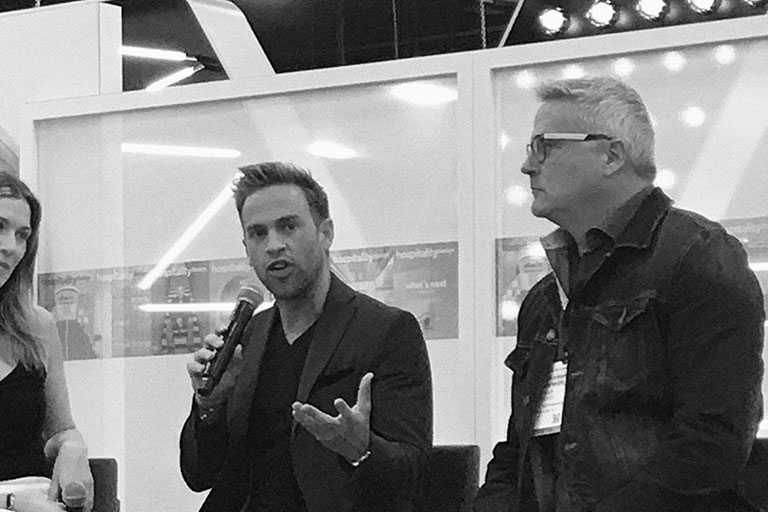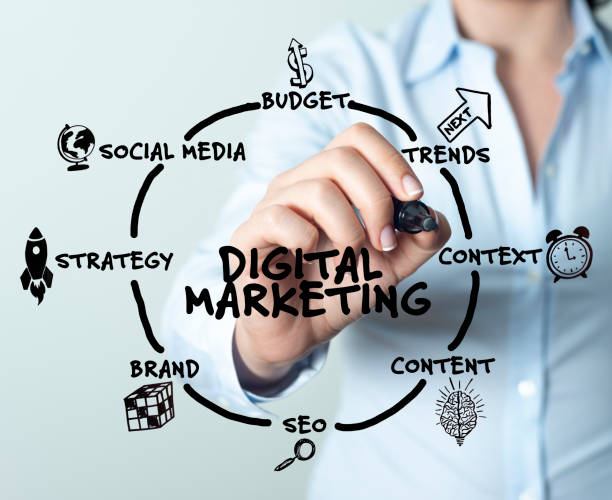
Staffing Solutions: Recruiting and Retention Can’t Be the Same Old, Same Old
By Jim Nelson | January 23, 2024
[This is the next in a series of articles about ways to mitigate the staffing challenges in the senior living industry. If your community is having success with a new staffing or retention process, please reach out to editor Jim Nelson at jnelson@seniorlivingnews.com, and maybe we’ll share your success in a future article.]
Recruiting and retention. Retention and recruiting. Two halves of the most vexing topic in senior living today. It was, in fact, a hot topic long before it was exacerbated by the pandemic. Suddenly, there was a huge need for workers to work differently.
“That was always coming but it fast forwarded it into a very short timeframe, where people want a ton of flexibility,” Health Dimensions Group Principal/President Amber Rogotzke told Senior Living News. “They want to work less; they want to have more balance in their life; they want to have their employer be more than just a paycheck. Those were things we were already seeing from the Millennials and from Gen X coming into the work world, it just compressed it really quickly.”
There was also suddenly a need for companies to approach hiring and retention differently as senior living saw caregivers and other staffers leaving for other industries.
“Every sector of care, whether you want to call it senior living or nursing homes or health systems or private pay or home health, they’re all fundamentally struggling with workforce,” Brandi Kurtyka, the CEO of a caregiver-support organization, told us.
Throwing gasoline on the fire, caregivers are leaving just as more and more seniors are arriving. In a March 2023 report, Argentum announced that the senior population is increasing by 10,000 per day, and the industry will need to fill more than 20 million jobs in the next decade and a half.
Because of this, it’s incumbent upon the industry to prioritize recruiting in ways it never has before.
“Just as these folks are doing their sales process with bringing in new residents, same thing with candidates,” said Matt Rosa, an enterprise account executive who helps senior living communities recruit and hire staff.
One way, said Kurtyka, to help solve this challenge is to recruit more young people. “We need a new pipeline, and younger caregivers are a part of that group. They’re not the entire answer. I think it’s a multifaceted challenge. We can leave no stone unturned.”
The key to finding and hiring younger caregivers, Rosa told Senior Living News, is to meet them where they are. “The bulk of the Millennial [currently aged 28-43] and Gen Z [27 and under] workforce is on social media. They’re on their phone 24/7. So, your entire application process must be mobile friendly — [this is] very massive for recruiting folks of that generation — and you have to have social media pages.”
“The key word is active,” Rosa said regarding your social media, “Everyone’s on Facebook, but when was the last time that Facebook post happened? Also, what type of content are you posting there? You’re just posting a red backdrop with Happy Valentine’s Day from nursing home blah, blah, blah. That’s it. There’s no marketing, there’s no pizzazz, there’s no call to action to anyone out there seeing it.”
To illustrate a better way of reaching Millennials and Gen Z’ers, Rosa pointed out what senior living social media influencer Nathan Jones is doing.
“He started a company that does social media marketing on TikTok and things like this,” Rosa said, “The stigma around senior living is it’s not fun and sexy, but what [Jones is] doing — and what all communities need to be doing — is showing the fun, showing the quirky things that happen. He asked a woman who was 102 years old, ‘What’s the secret to living long?’ And her answer was, ‘Don’t get married.’ Again, it just shows a fun environment to work in.
“Millennials and Gen Z are all on these platforms, and that’s where you’re going to recruit them, that’s where you’re going to get people interested,” Rosa added. “CNAs are always needed. What better way to get the younger generation excited and interested in helping folks than by showcasing these really fun moments with residents and folks that they’re caring for?”
And while actively posting on Instagram, TikTok, X (formerly Twitter), Facebook, and the like is paramount, also remember to post on the business-minded social media platform that so many of us are on. “You best believe every Millennial and Gen Z is on LinkedIn,” Rosa said.
Once you get a candidate interested in applying to your company, make sure you don’t chase them away with a burdensome application process.
Having a mobile-friendly application process is super important, Rosa noted, but so is having a process that’s brief. It’s a mistake, he says, to make the first step be creating a login to your HRIS system.
“Why am I going to create a login to a system [where] I don’t even know if I’m going to work? The first step should just be first name, last name, email, résumé. In today’s day and age, the Millennial, Gen Z workforce, the attention span is getting shorter and shorter, so you can’t have a 20-plus question questionnaire. Anything past first name, last name, email, phone number, it’s a 50 percent candidate drop off.”
Where once you could post a job opening and then choose your favorite from among the best résumés, nowadays the candidates are the ones choosing.
“On average,” Rosa said, “nurses are applying anywhere from eight to 12 different places to work. So, you need to be the one that’s knocking on their door consistently.”
That means being proactive and persistent, he said. “You need to ping someone seven to 11 times before they even really start interacting with you unless, of course, they’re really interested in your location.”
It also means bestowing more importance upon your recruiting system. “Companies will invest in their sales teams, get them CRM tools to bring in more residents to care for,” Rosa said, “but they’re not willing to invest in their recruiting teams, to give them the best tools possible for the job. They should be investing in the Millennial and Gen Z folks to give them different benefit packages instead of just lumping them in with everyone else that’s 40-plus. You have to be looking at different ways to invest in your business [beyond] the traditional ways of doing things that folks have been doing for years and years, because the definition of insanity is doing the same thing over and over again and expecting a different outcome.”
Eben Ezer Lutheran Care Center CEO Shelly Griffith offered one out-of-the-box idea for staff retention.
“We live in a rural market,” she said at a recent HEALTHTAC conference, “a very competitive environment. There’s only so many people who live in that area, so how can we differentiate ourselves from others who are employing the same group of people? Housing is a real challenge in our area, so we are looking at developing team-member housing … if their housing is tied to their employment, they’re going to be more likely to stay on our team.”
Another way to retain staff is to make sure they know how much they’re valued. “I think companies treat their employees better today than they did five years ago,” Kurtyka said. “Five years ago, there were too few companies focused on their workforce. They were just focused on the patients or the clients, and I think that’s really been a positive shift.”
Lisa Marsilio, the CEO of Kendal~Crosslands Communities, echoed that idea when she spoke with Senior Living News.
“I made a commitment to meet with every staff member,” Marsilio said. “We gather over breakfast or lunch and discuss what matters most to them at Kendal~Crosslands Communities. And we involve staff to be creative in solutions on what we could do better. We synthesize the data and formulate policy changes based on employee needs. Of course, time off is always a hot topic, and we’ve met that need with creative policy changes. Tuition assistance and career development are also top of mind for staff. Interestingly, some say they never met with the CEO of any organization where they’ve worked. So, that connection, that bond, that family culture is significant, and we are happy to practice our value of a high-quality work environment.”
“Looking at things with an open mind is very important,” Rosa offered, “If you’re not willing to try new things and make an investment in some new things that are working, then you’re going to fall behind everyone else who’s willing to look at these things.”





